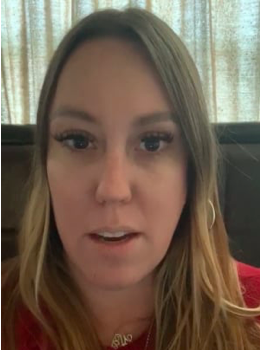Fannie now Requiring Additional Documentation for Self-employment Income
Written By: Joel Palmer, Op-Ed Writer
Fannie Mae announced last week that it will require lenders to obtain additional documentation regarding self-employment income.
The temporary requirements were included in the latest updates of an ongoing lender letter Fannie issued to address the impact of the COVID-19 pandemic.
Lenders are encouraged to apply these requirements to existing loans in process, but they must be applied to loans with application dates on or after June 11, 2020 until further notice.
The letter states: “Whether a business is impacted by an adverse event, such as COVID-19, and the extent to which business earnings are impacted can depend on the nature of the business or the demand for products or services offered by the business. Income from a business that has been negatively impacted by changing conditions is not necessarily ineligible for use in qualifying the borrower. However, the lender is required to determine if the borrower’s income is stable and has a reasonable expectation of continuance.”
Lenders are now required to obtain additional documentation to support the decision that self-employment income meets Fannie's requirements. These additional documents include:
An audited year-to-date profit and loss statement reporting business revenue, expenses, and net income up to and including the most recent month preceding the loan application date; or An unaudited year-to-date profit and loss statement signed by the borrower reporting business revenue, expenses, and net income up to and including the most recent month preceding the loan application date, and two business depository account(s) statements no older than the latest two months represented on the year-to-date profit and loss statement.
For example, the business depository account statements can be no older than April and May for a year-to-date profit and loss statement dated through May 31, 2020.
The lender must review the two most recent depository account statements to support and/or not conflict with the information presented in the current year-to-date profit and loss statement. Otherwise, the lender must obtain additional statements or other documentation to support the information from the current year-to-date profit and loss statement.
In addition, the borrower’s year-to-date profit and loss statement must be no older than 60 days old as of the note date consistent with Fannie’s age of documentation requirements, which are included in the lender letter.
The lender letter also includes a series of questions and instructions to help lenders assess the impact of COVID-19 on the operations, income and stability of the business owned by the prospective borrower.
This includes comparing year-to-date net business income from the year-to-date profit and loss statement to historical business income calculated using the Cash Flow Analysis (Form 1084) for a similar timeframe (such as monthly).
The letter also clarifies that proceeds from the Small Business Administration PPP or any other similar COVID-19 related loans or grants are not considered business assets.
About the Author
As an NAMP® Opinion Editorial Contributor, Joel Palmer is a freelance writer who spent 10 years as a business and financial reporter and another 10 years in marketing for the insurance and financial services industries. He regularly writes about the mortgage industry, as well as residential and commercial real estate, investments, and retirement income planning. He has also ghostwritten books on starting a business, marketing, and retirement income planning.





















